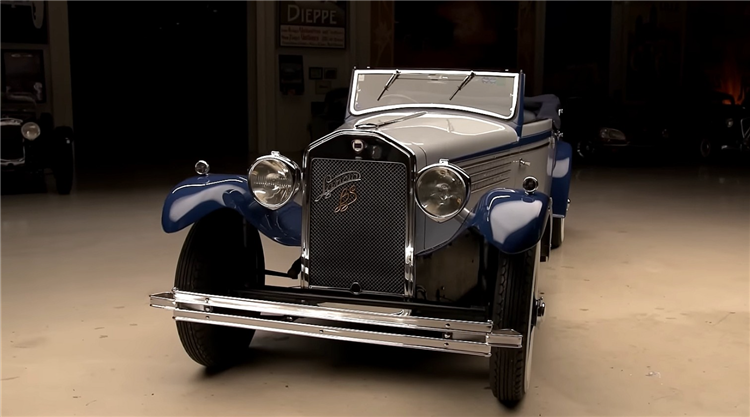Anticipating a rebirth as an electric vehicle brand, Lancia is currently a pitiful sight in showrooms, with just the Ypsilon, a car based on the Fiat 500, available. However, it wasn’t always the case. In the past, Lancia produced a lengthy line of successful race vehicles in addition to some of the most exquisite cars ever made.
The Aurelia Spider would always steal the show at every event featuring antique cars, regardless of the competitors. Some of them, like the Stratos, Delta, and Fulvia, garnered headlines both on the road and in competition.
Lancia also won no fewer than seven World Rally Championship titles (six with the Delta) and dominated the Under 2-Liter division of the World Sportscar Championship from 1979 to 1981. In 1956, Juan Manuel Fangio won the Formula One title in a Scuderia Ferrari-run Lancia D50.
And on top of that, Lancia built quite a few innovative cars in its early days. The 1913 Theta was the first European car to feature a complete electrical system, while the 1922 Lambda debuted the first independent front suspension that incorporated the spring and hydraulic damper into a single unit.

It was also the first major Italian automaker to produce V8 engines. Lancia’s first narrow-angle V8 was introduced in 1922 and found its way into three luxury automobiles until 1939. The 1930 Dilambda you see here is one of those cars.
The company’s first V8 car, the Trikappa, w as replaced by the Dilambda in 1928. It had a 4.0-liter engine with 100 horsepower and a four-speed manual gearbox. A total of 1,685 units were produced throughout the course of three distinct series’ production, which continued until 1935. Four-door sedans and cabriolets were among the body styles available, although as was common at the time, many of them were also shipped to coachbuilders as rolling chassis.
The background behind this two-tone first-series sample is pretty intriguing. Delivered to England in the 1930s, it sustained damage during the Second World War and vanished until 1970. After being discovered, it was rebuilt and continued to survive for several more decades until the present owner repaired it.

Come 2022 and this Dilambda remains a coach-built car that’s notably different than its standard siblings. While it still retains its Italian underpinnings, it looks more like a 1930 English automobile. And according to Jay Leno, it also drives like one. The former TV show host compares the Dilambda to the Bentley 4 Litre cars of the late 1920s and early 1930s.
So how rare is this car? Well, the first-series Dilambda included 1,104 units, which isn’t all that scarce compared to other iconic cars from the era. However, since many of them were destroyed or scrapped during and after World War II, it’s a rare sight in Europe and pretty much impossible to find in the U.S. And of course, being a coach-built automobile, this specific Dilambda is a one-off. But you can find out more about it in the video below.
